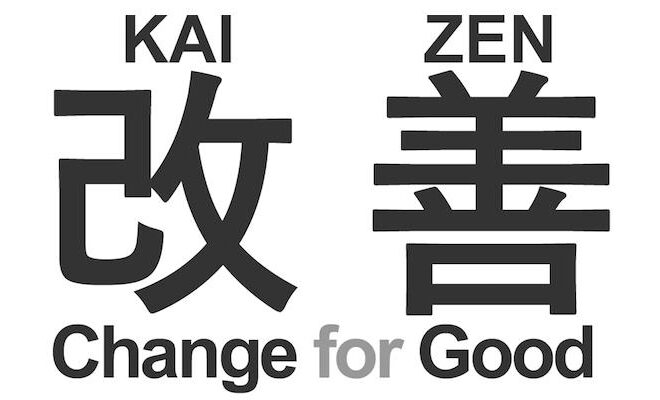Bridging the Gap: Collaboration between Industry and Academia
In today’s rapidly evolving world, the collaboration between industry and academia has become crucial. Both sectors bring unique strengths to the table, and when they work together, they can drive innovation, enhance research, and cultivate a skilled workforce.
Let’s explore the importance of bridging the gap between industry and academia, highlighting the benefits, challenges, and successful strategies for effective collaboration.
Why Collaboration Matters
Enhancing Research and Innovation
In the realm of research and innovation, collaboration between industry and academia can yield remarkable outcomes. By combining academic expertise with industry insights, new perspectives are gained, leading to groundbreaking discoveries and cutting-edge technologies. Academia provides a nurturing environment for curiosity-driven research, while industry brings practical knowledge and real-world challenges. When these two forces collaborate, they can address complex problems and develop innovative solutions that have tangible applications.
Fostering a Skilled Workforce
Another significant advantage of industry-academia collaboration is the development of a skilled workforce. Industry partners offer valuable insights into the skills and competencies needed in the job market. By working closely with academia, they can help shape curriculum and educational programs to align with industry needs. This ensures that graduates are equipped with the right knowledge and skills, making them more employable and ready to contribute to the workforce from day one. Moreover, industry-academia collaborations often include internships, apprenticeships, and joint research projects, providing students with hands-on experience and industry exposure.

Challenges in Collaboration
Differing Priorities and Timelines
While collaboration between industry and academia brings numerous benefits, it is not without challenges. One significant hurdle is the differing priorities and timelines of the two sectors. Academia operates on longer timescales, with research projects often spanning several years. On the other hand, the industry needs rapid solutions and focuses on short-term goals. Finding a balance between the two can be challenging, but open communication and clear expectations can help overcome this obstacle.
Intellectual Property and Publication
Intellectual property (IP) rights and publication can also be points of contention in collaborations. Academia values open dissemination of knowledge through publications, while the industry seeks to protect its proprietary information. Negotiating agreements that protect the interests of both parties is crucial. Establishing guidelines regarding IP ownership, data sharing, and publication rights at the outset of collaboration can help mitigate potential conflicts.

Strategies for Effective Collaboration
Establishing Trust and Communication
Building trust and effective communication is vital for successful collaboration. Both industry and academia must invest time and effort in establishing relationships based on mutual respect and understanding. Regular meetings, workshops, and conferences can provide platforms for networking, sharing insights, and fostering collaboration. Open and transparent communication channels should be established, allowing both parties to express their expectations, concerns, and goals openly.
Creating Joint Research Programs
One effective strategy for collaboration is the creation of joint research programs. These programs bring together researchers from academia and industry to work on shared projects. By combining resources, expertise, and facilities, these programs leverage the strengths of both sectors. Joint research programs encourage interdisciplinary collaboration and help bridge the gap between theory and practice. They also foster long-term relationships, enabling continuous innovation and knowledge exchange.
Encouraging Work-Integrated Learning
To enhance collaboration and prepare students for the workforce, work-integrated learning opportunities should be encouraged. This includes internships, co-op programs, and industry placements. Such experiences provide students with practical skills, industry insights, and networking opportunities. They also allow industry professionals to engage with academia, shaping the curriculum and mentoring students. Work-integrated learning builds strong ties between academia and industry, nurturing a talent pipeline that meets industry demands.

Bridging the gap between industry and academia is essential for driving innovation, enhancing research, and fostering a skilled workforce. Despite the challenges, effective collaboration can yield tremendous benefits for both sectors. By embracing open communication, establishing trust, and implementing strategies like joint research programs and work-integrated learning, industry and academia can forge strong partnerships that lead to transformative discoveries, economic growth, and societal advancement. It is through collaboration that we can tackle the world’s most pressing challenges and build a brighter future together.
If you’re interested in exploring the possibilities of industry-academia collaboration or enhancing your skills for the workforce, Bizwiz offers a wide range of courses designed to bridge the gap between academia and industry. Visit our website course page (https://www.bizwiz.co.in/events/) to discover how our programs can equip you with the knowledge and practical skills necessary for success in today’s dynamic business landscape.

Remember, the collaboration between industry and academia is not just a buzzword – it’s a powerful force that drives innovation, shapes education, and paves the way for a prosperous future. Join the movement of bridging the gap and be part of the transformation that comes from bringing together the best of both worlds.
Visit Bizwiz today and take a step towards unlocking your full potential!





